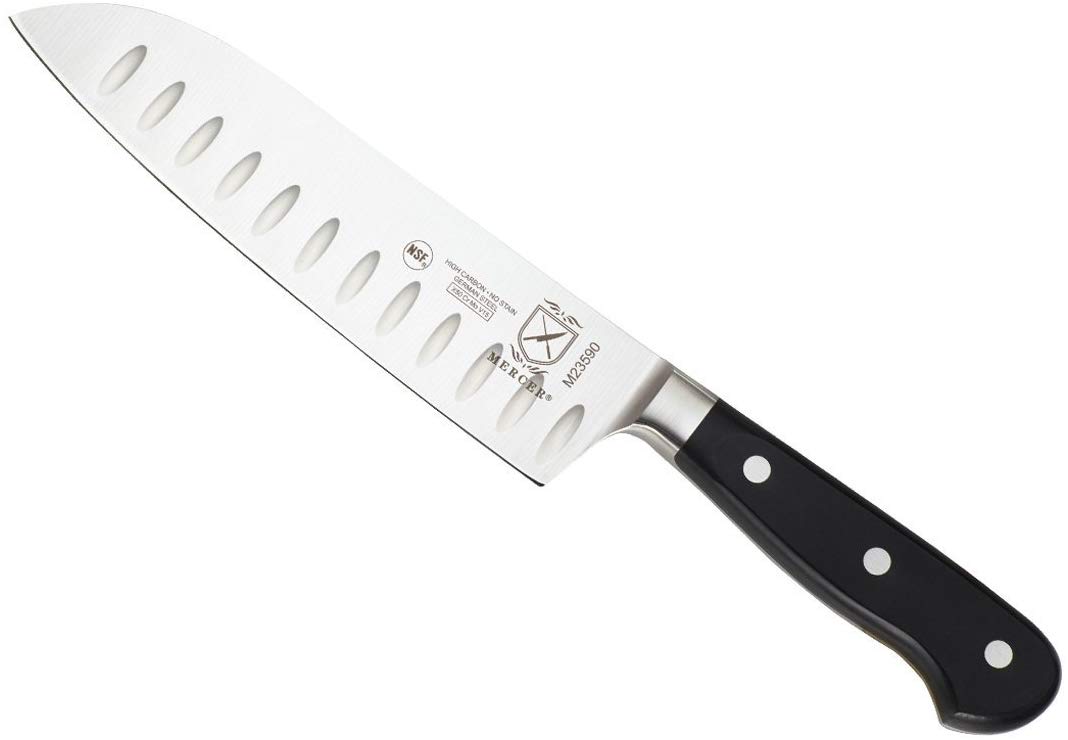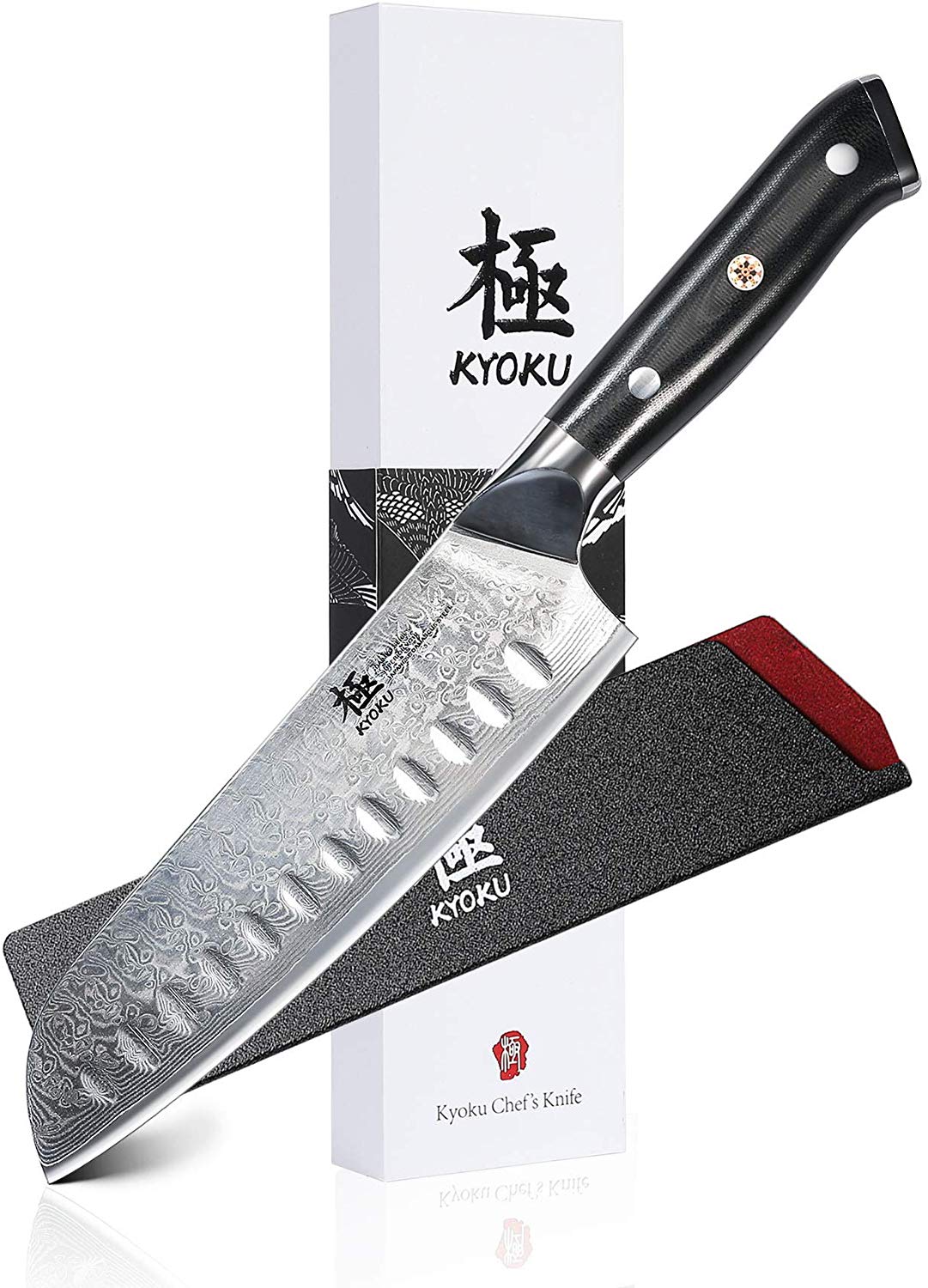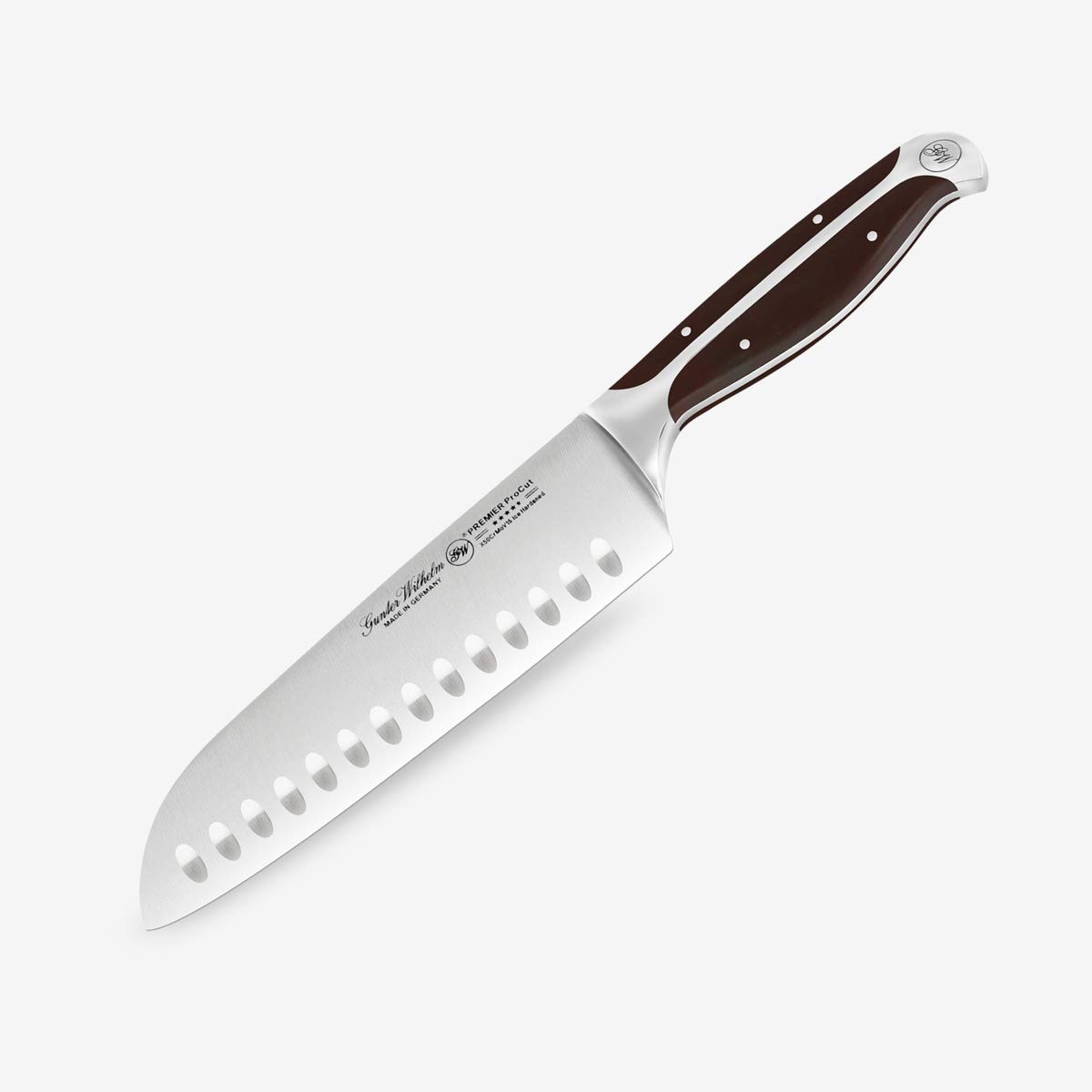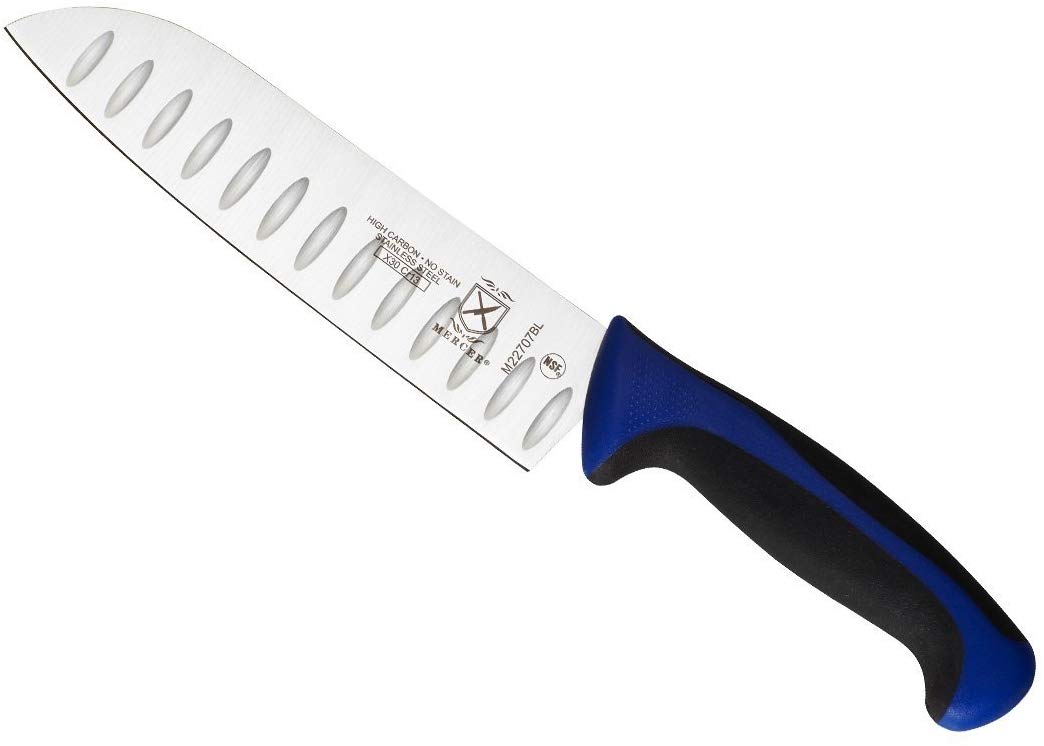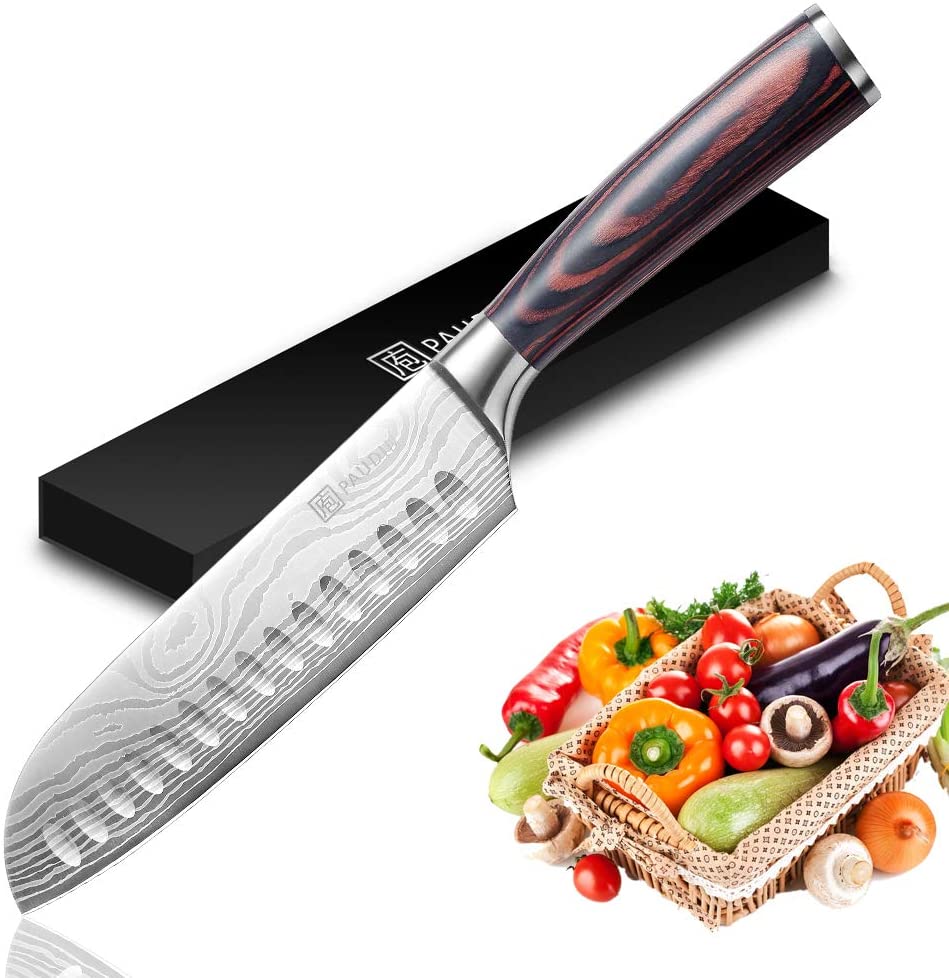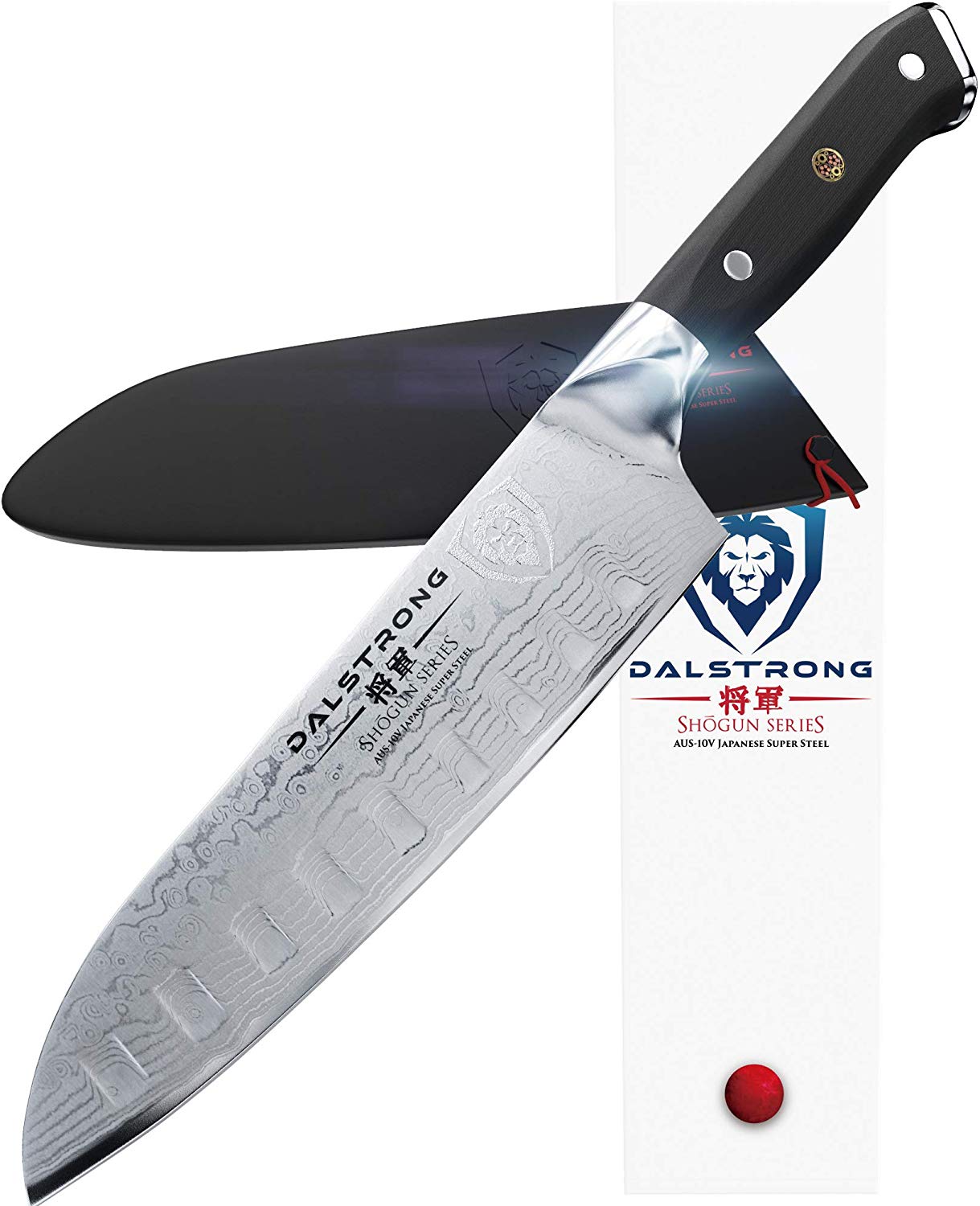Mercer Culinary Renaissance Santoku Knife
Last updated: November 8, 2019
We looked at the top Santoku Knives and dug through the reviews from some of the most popular review sites. Through this analysis, we've determined the best Santoku Knife you should buy.
Our Expert Consultant

Culinary Expert
Julie Chernoff is a long-time member of Les Dames d’Escoffier (past president of the Chicago Chapter, and current co-chair of the LDEI Legacy Awards Committee), the Association of Food Journalists (AFJ) and the International Association of Culinary Professionals.
Chernoff is the dining editor of Better, a lifestyle website and print magazine. Her journalism started in the test kitchens of Weight Watchers Magazine. She holds a BA in English from Yale University and is a graduate of the California Culinary Academy. She has spent the last few decades styling, photographing, teaching, developing recipes, editing, thinking and writing about food.
